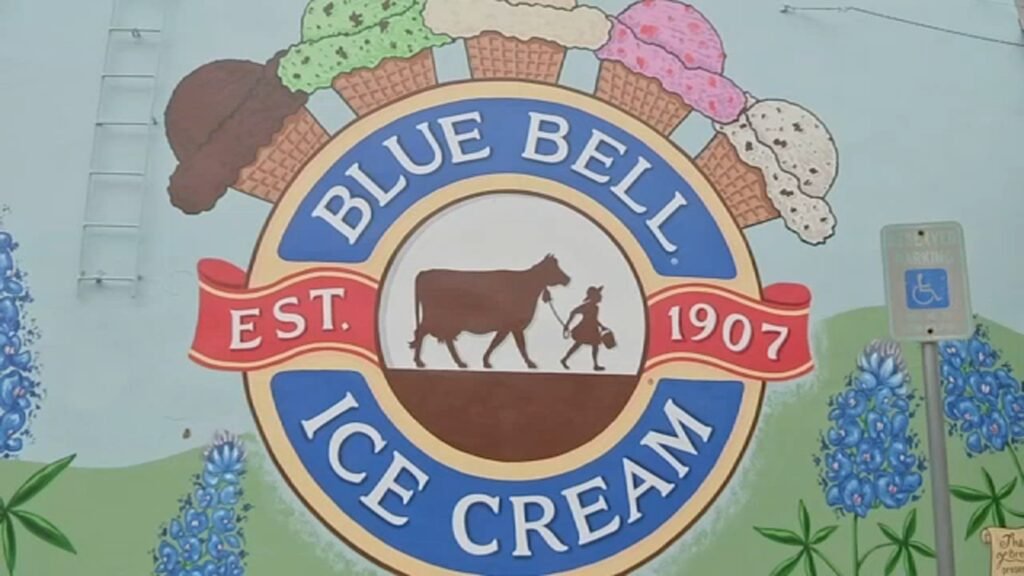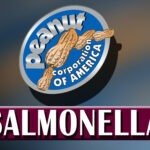In March 2015, Blue Bell Creameries, a beloved ice cream manufacturer based in Brenham, Texas, faced a significant food safety crisis when Listeria monocytogenes contamination was discovered in its products. This case study explores the Listeria contamination incident, its implications for Blue Bell Creameries, and the broader impacts on food insurance and risk management. Through this analysis, we can gain insights into the role of insurance in managing food safety crises and the importance of effective risk management strategies.
Background of the Contamination
Overview of Blue Bell Creameries
Founded in 1907, Blue Bell Creameries is one of the oldest and most well-known ice cream brands in the United States. With a reputation for quality and a loyal customer base, the company operates several manufacturing facilities and distribution networks across the country. Blue Bell’s commitment to using high-quality ingredients and maintaining traditional production methods contributed to its strong market presence.
The Listeria Contamination
In early 2015, reports emerged of multiple cases of Listeria monocytogenes infections linked to Blue Bell ice cream products. The bacteria, which can cause severe illness and even death in vulnerable populations, was detected in various products, including ice cream, frozen yogurt, and other frozen desserts.
The outbreak prompted an investigation by the Centers for Disease Control and Prevention (CDC), the Food and Drug Administration (FDA), and state health departments. In April 2015, Blue Bell Creameries voluntarily recalled all of its products from the market, and in May 2015, the company temporarily shut down its manufacturing facilities to address the contamination issues.
Public and Regulatory Response
The Listeria outbreak garnered significant media attention and led to a heightened public health response. The FDA conducted a thorough inspection of Blue Bell’s facilities and identified several lapses in food safety practices. The contamination led to multiple deaths and illnesses, intensifying the scrutiny on Blue Bell’s operations and safety protocols.
Impact on Blue Bell Creameries
Financial Consequences
The financial ramifications of the Listeria contamination were substantial for Blue Bell Creameries. The company faced significant costs related to product recalls, facility shutdowns, and remediation efforts. The financial impact included expenses associated with cleaning and sanitizing facilities, investing in new safety measures, and compensating affected customers.
In addition to the direct costs, Blue Bell experienced a dramatic drop in sales and revenue. The temporary cessation of operations and the widespread recall led to a significant loss of market share and consumer confidence. The financial strain was exacerbated by legal costs related to lawsuits and settlements.
Reputational Damage
The Listeria contamination incident had severe reputational consequences for Blue Bell Creameries. As a trusted brand with a long history of quality, the contamination eroded consumer trust and damaged the company’s reputation. Restoring confidence in the brand required a comprehensive public relations strategy, transparency about the incident, and substantial efforts to communicate the improvements made to enhance food safety.
Legal and Insurance Implications
The outbreak resulted in multiple lawsuits filed by affected consumers and their families. Legal claims included allegations of negligence, product liability, and damages for illnesses and deaths caused by contaminated products. The legal challenges underscored the importance of having adequate insurance coverage to manage such risks.
Implications for Food Insurance
Insurance Coverage and Claims
The Blue Bell Creameries Listeria contamination highlighted several key considerations for food insurance:
- Liability Insurance: Liability insurance is crucial for covering the costs associated with legal claims and damages resulting from foodborne illnesses. For Blue Bell, robust liability coverage would have been essential in managing the financial impact of lawsuits and settlements.
- Product Recall Insurance: Product recall insurance covers the costs associated with recalling contaminated or unsafe products from the market. This type of insurance helps manage expenses related to communication, disposal, and recovery efforts. For Blue Bell, having product recall insurance would have been vital in mitigating the financial burden of the widespread recall.
- Business Interruption Insurance: Business interruption insurance provides coverage for lost income and additional expenses incurred due to disruptions in operations. The temporary closure of Blue Bell’s facilities and the subsequent decline in sales made business interruption insurance a critical component of the company’s risk management strategy.
- Crisis Management Coverage: Crisis management coverage assists with managing the costs of public relations efforts, legal expenses, and other crisis-related expenses. This type of insurance would have been valuable in addressing the reputational damage and regulatory scrutiny faced by Blue Bell.
Risk Management and Prevention
The Listeria contamination incident underscored the importance of proactive risk management and preventive measures in the food industry:
- Enhanced Food Safety Protocols: Following the outbreak, Blue Bell Creameries implemented extensive food safety measures, including improvements in sanitation practices, enhanced employee training, and stricter supplier requirements. These measures are essential for mitigating the risk of future contamination and maintaining consumer confidence.
- Regular Inspections and Audits: Regular inspections and audits of food safety practices help identify potential vulnerabilities and ensure compliance with regulatory standards. For Blue Bell, ongoing assessments and evaluations of food safety protocols were crucial for preventing similar incidents.
- Supplier Management: Ensuring the safety and quality of ingredients is vital for preventing contamination. Blue Bell’s focus on sourcing high-quality ingredients and working closely with suppliers to adhere to safety standards was a key aspect of risk management.
- Crisis Preparedness: Developing a crisis management plan that includes protocols for addressing foodborne illnesses, communicating with stakeholders, and managing public relations is essential for effectively handling emergencies.
Lessons Learned and Future Considerations
Transparency and Communication
One of the critical lessons from the Blue Bell Listeria contamination is the importance of transparency and communication. Proactively sharing information about the outbreak, the steps being taken to address it, and the measures implemented to prevent future incidents helps build trust with customers and stakeholders. Clear and timely communication is essential for managing the crisis and maintaining a positive reputation.
Continuous Improvement
The Blue Bell Listeria outbreak serves as a reminder that food safety is an ongoing process that requires continuous improvement. Regularly updating food safety practices, investing in employee training, and staying informed about emerging risks and best practices are essential for maintaining a strong risk management framework.
Insurance Adaptation
The incident highlights the need for food businesses to continually review and adapt their insurance coverage to address evolving risks. As the food industry evolves and new risks emerge, businesses should work closely with insurance providers to ensure their coverage remains comprehensive and relevant.
Consumer Trust and Education
Restoring consumer trust is a critical component of recovering from a foodborne illness outbreak. Educating consumers about the steps taken to enhance food safety, sharing success stories, and demonstrating a commitment to quality are key strategies for rebuilding confidence.
Conclusion
The Blue Bell Creameries Listeria contamination was a significant event with far-reaching implications for food safety, risk management, and insurance in the food industry. The outbreak highlighted the importance of having robust insurance coverage, implementing proactive risk management practices, and maintaining transparency and communication with stakeholders.
For Blue Bell, the incident led to substantial financial and reputational challenges but also provided valuable lessons for the broader food industry. By adopting comprehensive food safety measures, investing in insurance coverage, and focusing on continuous improvement, food businesses can better navigate risks and safeguard their operations against future incidents. The experience underscores the need for vigilance, preparedness, and resilience in managing food safety and insurance in an ever-evolving industry landscape.



